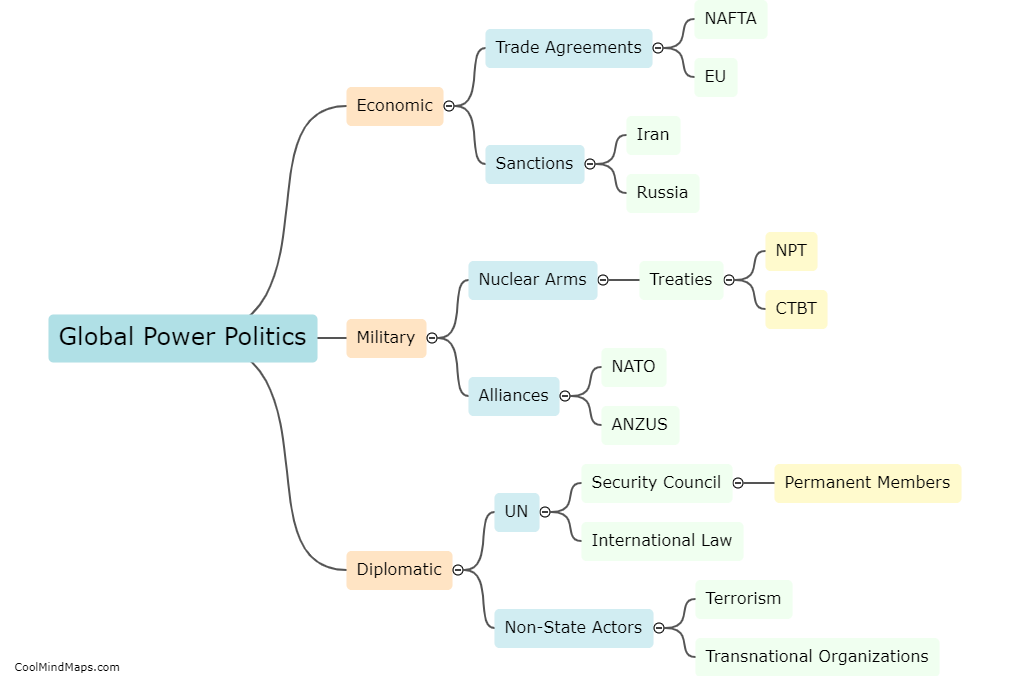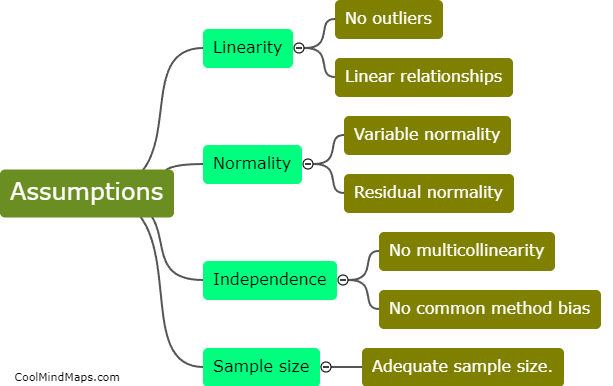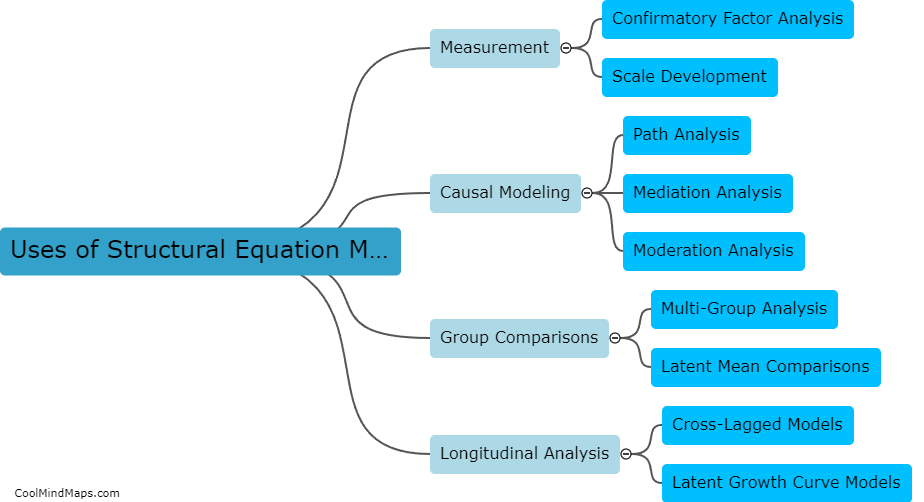What are the advantages of using an incomplete randomized block design?
An incomplete randomized block design is a type of experimental design that is often used in situations where some of the potential treatments cannot be tested in every block. The main advantage of using this design is that it allows for more efficient use of resources, as not all treatments need to be tested in every block. This can result in cost savings and a more streamlined experimental process. Additionally, incomplete designs can help to reduce the potential for bias in the study, as treatments are randomly assigned to blocks rather than being pre-determined. This can lead to more reliable and accurate results.

This mind map was published on 19 June 2023 and has been viewed 177 times.











